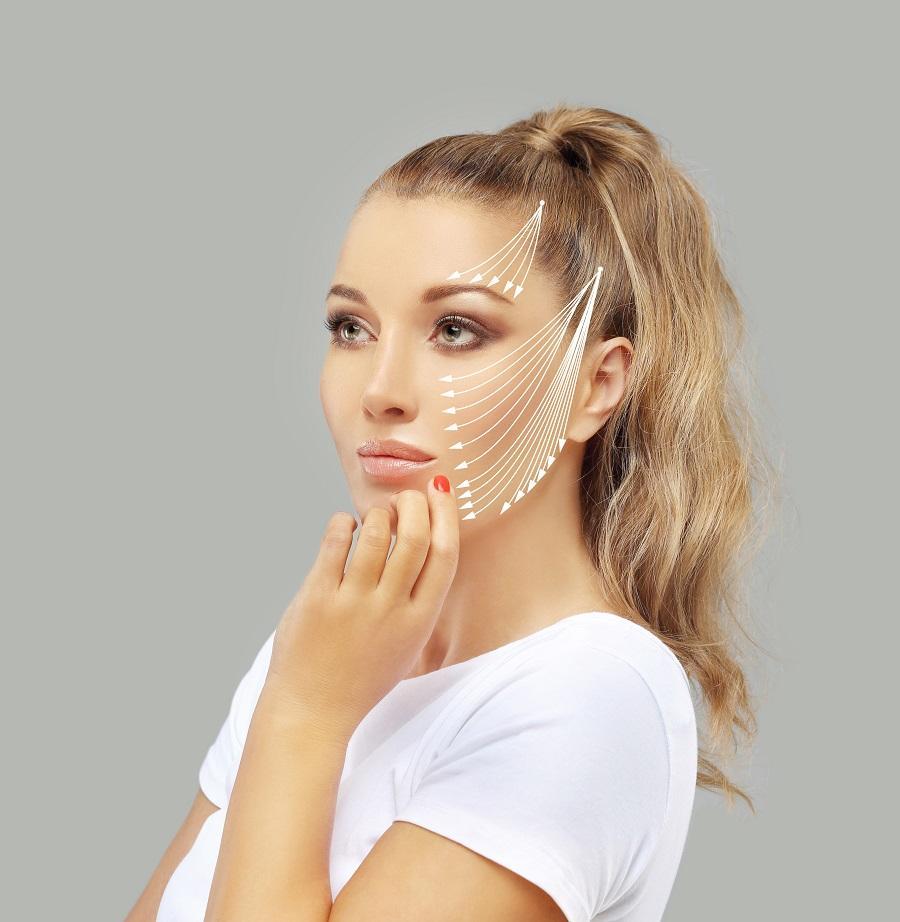Surgical vs. Liquid Facelift: Which Is Right for Me?

Wrinkles and lines can age you quickly, and they can make you feel older, too. Instead of feeling confident, you may be self-conscious instead. Surgical facelifts can dramatically change the way you look, smoothing out lines and wrinkles while gently elevating your features for a more youthful look.
But what if you dont want to have surgery? Then a liquid facelift might be for you. At Rostami OPC, Soheila Rostami, MD, and Joseph Davidson, MD, offer both surgical facelift and liquid facelift options for patients in Reston and Dulles, Virginia. Explore which option is better for your aesthetic goals.
Surgical vs. liquid facelift: Understanding the differences
Both surgical and liquid facelifts are extremely popular, and both can help with many of the signs of aging. But there definitely are some key differences.
Surgical facelift
Surgical facelifts use small incisions to access the deeper layers of tissue in your face. Those tissues are gently lifted and repositioned to achieve more youthful contours and reduce or eliminate sagging. Then, the excess skin is removed.
A full facelift addresses your midface and lower face, while a mini facelift typically focuses on your lower face. Often, facelifts are combined with neck lifts to get rid of that sagging turkey neck.
Liquid facelift
Liquid facelifts use a combination of liquid fillers and neuromuscular agents, like Botox® and Dysport®, to smooth wrinkles, relax lines, and restore lost volume. There are no incisions or sutures with a liquid facelift, and recovery is quick. In fact, theres no real downtime at all.
Prior to a liquid facelift, we review your goals and recommend the appropriate products to help you achieve the look you want. Incision placement is obviously very important, and both of our doctors are skilled in evaluating facial anatomy to ensure accuracy.
Selecting the better option
Liquid facelifts offer lots of benefits, especially for people who dont want to undergo surgery. A liquid facelift is minimally invasive, relying on injections rather than incisions. Theres no need for general anesthesia, and injections are performed right in our office.
Liquid facelifts also involve a very quick recovery time with no real downtime just some temporary swelling and redness, in most cases, and sometimes a little bruising. Theyre also far less costly than a surgical facelift, and because they use injections, your results can be fully customized.
However, surgical facelifts also offer advantages. First, the results of a surgical facelift last a lot longer a decade or more for most people. Liquid facelifts need frequent touch-ups, sometimes every few months.
Surgical facelifts are also usually a better choice for anyone who wants to get rid of sagging skin around their jowls or neck. While a liquid facelift can provide a gentle lift using fillers, it cant compare to the more substantial lift associated with a surgical facelift.
The choice of a surgical or liquid facelift is entirely personal, with lots of factors to consider. In the end, having a frank discussion with your doctor about your concerns and your aesthetic goals is the best way to decide which route is optimal for you.
To learn more about liquid and surgical facelifts and other treatments to help you look and feel your best, call the office nearest you or book an appointment online with the team at Rostami OPC today.
